Residents of Northwestern Nevada were treated to an illuminated night sky like few have ever seen Friday, May 10, and to a lesser degree the following night. Generally reserved for Earth’s extremely northern and arctic regions, an extraordinary sighting of the aurora borealis captivated local viewers and shutterbugs alike.
Fortunately, this celestial light show was visible much farther south than usual. In a recent article in the “Western Nevada College News,” Director of the Jack C. Davis Observatory at WNC, Dr. Thomas Herring, explained that the Sun has been in what he called “a very active phase,” producing energetic ejections of materials, specifically Coronal Mass Ejections, or CMEs. These solar storms are preventing the Earth’s magnetic field from blocking particles that normally do not reach our atmosphere, leading to this extraordinary sighting.
Dr. Herring explained that intense geomagnetic storms must occur for us to see the northern lights. “It just so happens that the Sun is in a very active phase right now where its magnetic field is very complex and more likely to produce energetic ejections of material in the form of Coronal Mass Ejections (CMEs), which are usually associated with bright solar flares (an outburst of electromagnetic energy caused by collapsing magnetic fields on the Sun).”
According to Dr. Herring, there has not been a geomagnetic storm this powerful since 2003. “We were actually hit by a succession of CME events in a short period of time, resulting in a very strong G5 geomagnetic storm last Friday,” Dr. Herring stated in the article. This unique occurrence, part of the Sun's 11-year cycle, led to the extraordinary sighting of the aurora borealis in Northwestern Nevada.
The Space Weather Prediction Center of the National Oceanic and Atmospheric Administration indicates that these storms will continue over the next few days; however, they will not be visible from our viewing area. The northernmost U.S. states, along with central Canada, Alaska, and further north, are within the extended viewing line and should also get a spectacular view if their night skies are clear.
Several Fallon residents reported seeing the lights; however, they found that their cameras were able to capture better images than what could be seen by the naked eye. This photograph was captured by freelance professional photographer John Baker, whose image rivals that of the photograph Dr. Herring took with an all-sky camera. (https://wnc.edu/news/northern-lights-bright-show-2024.php)


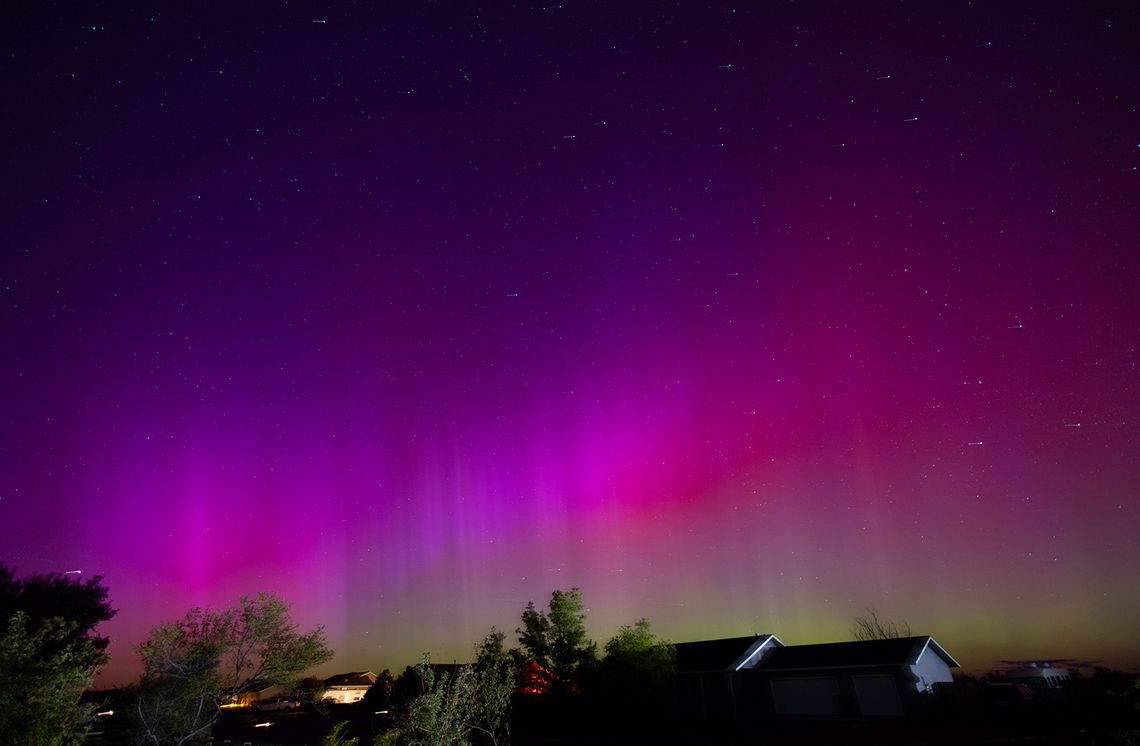
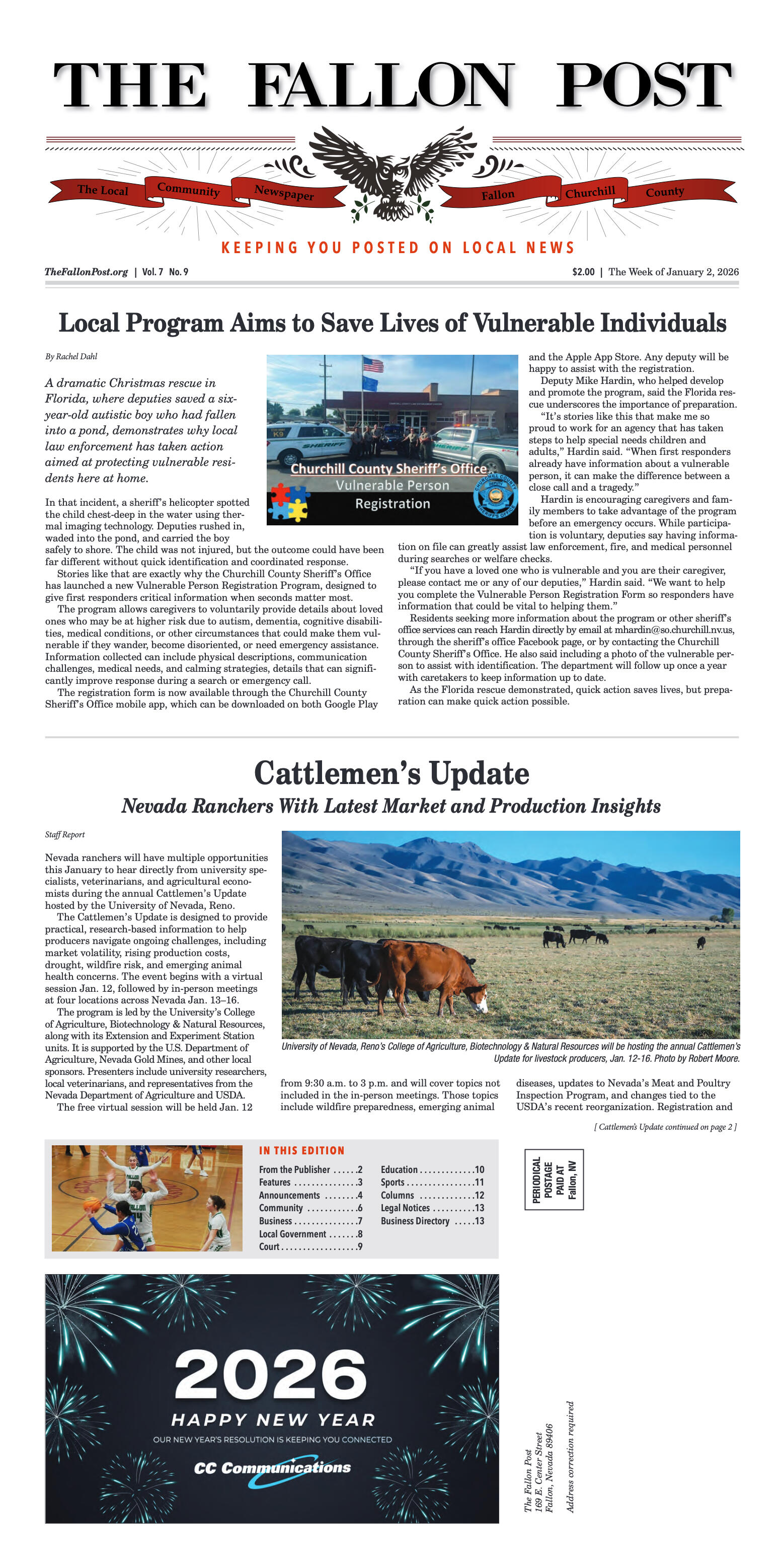
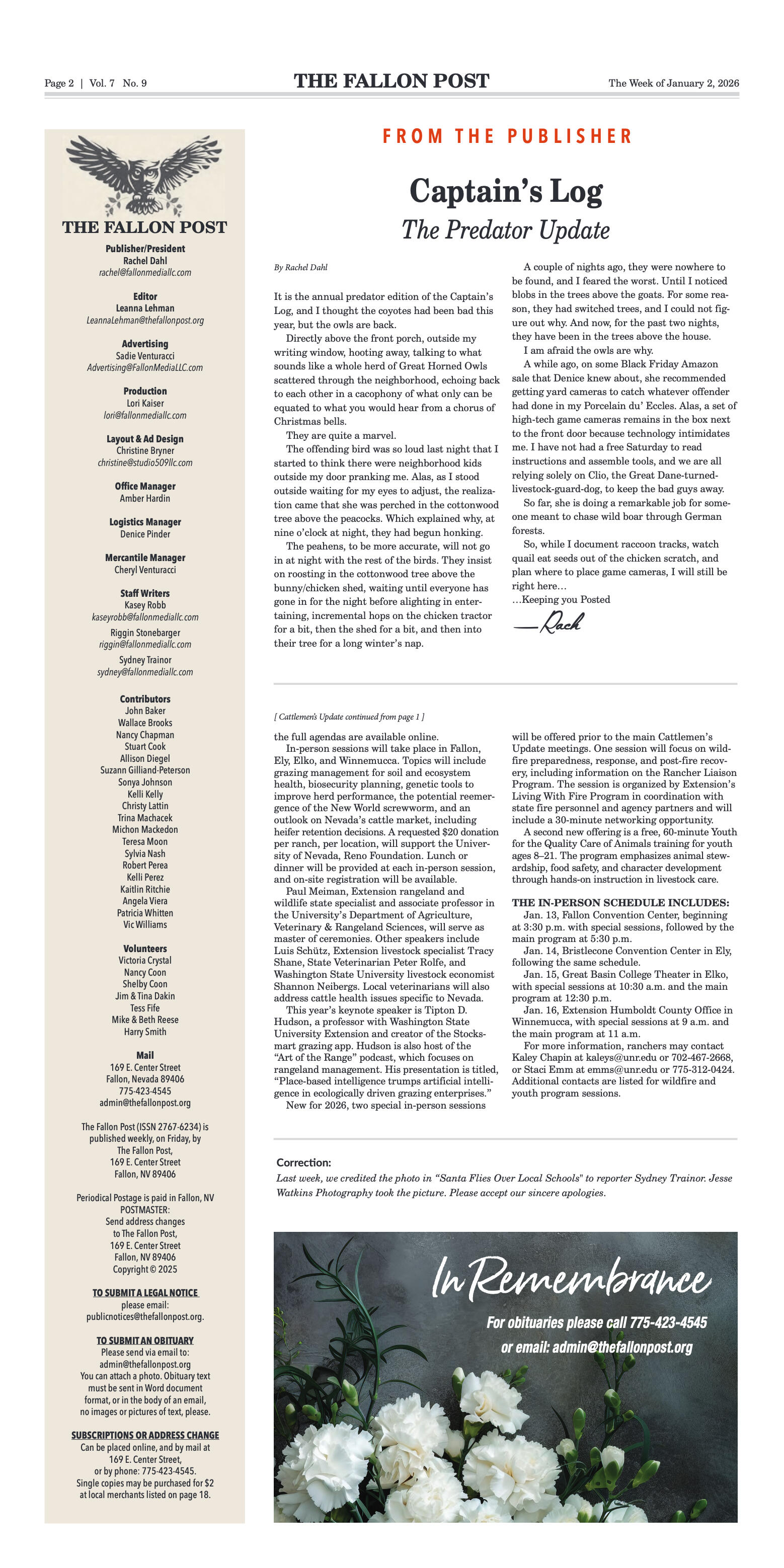
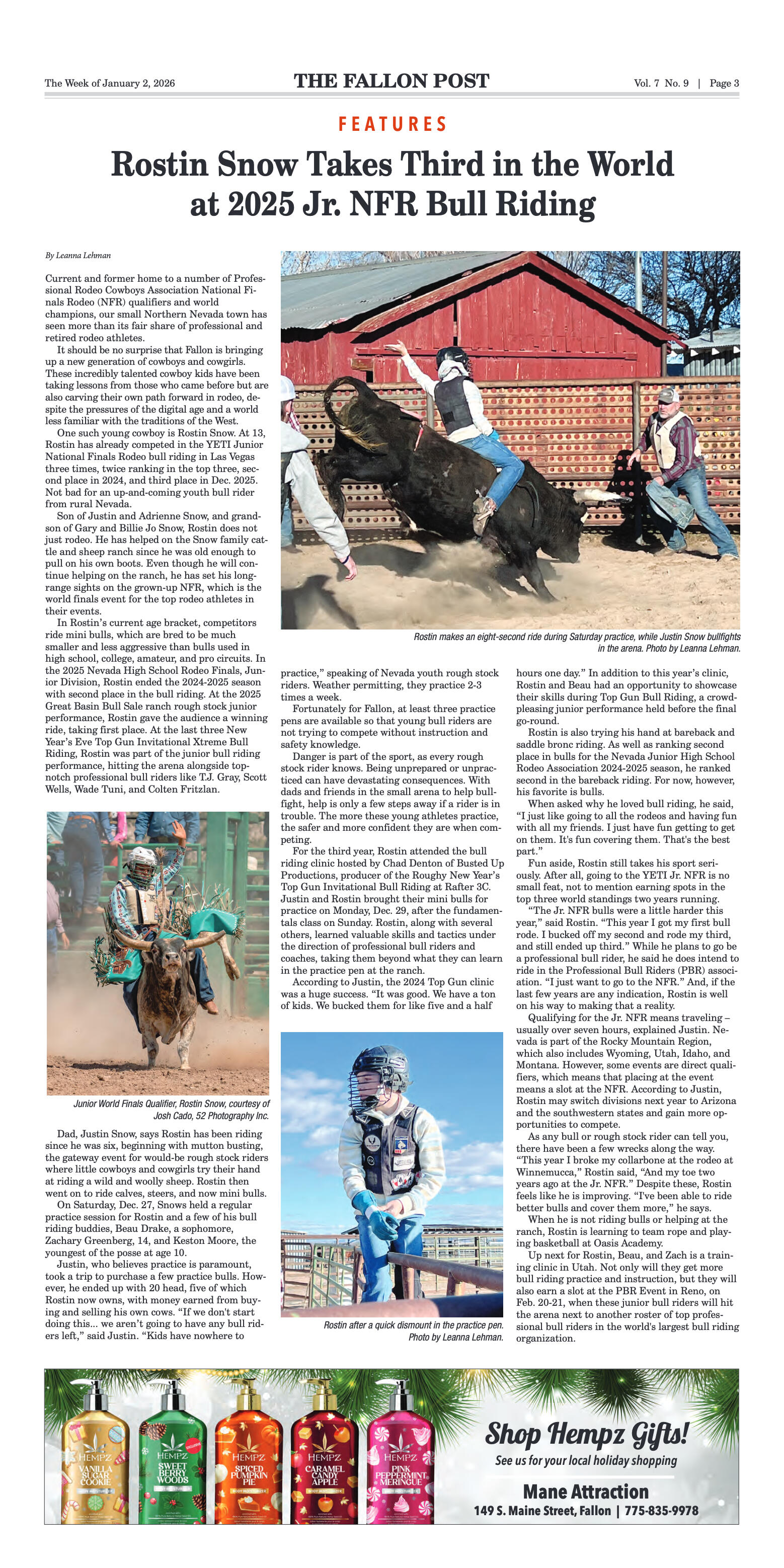


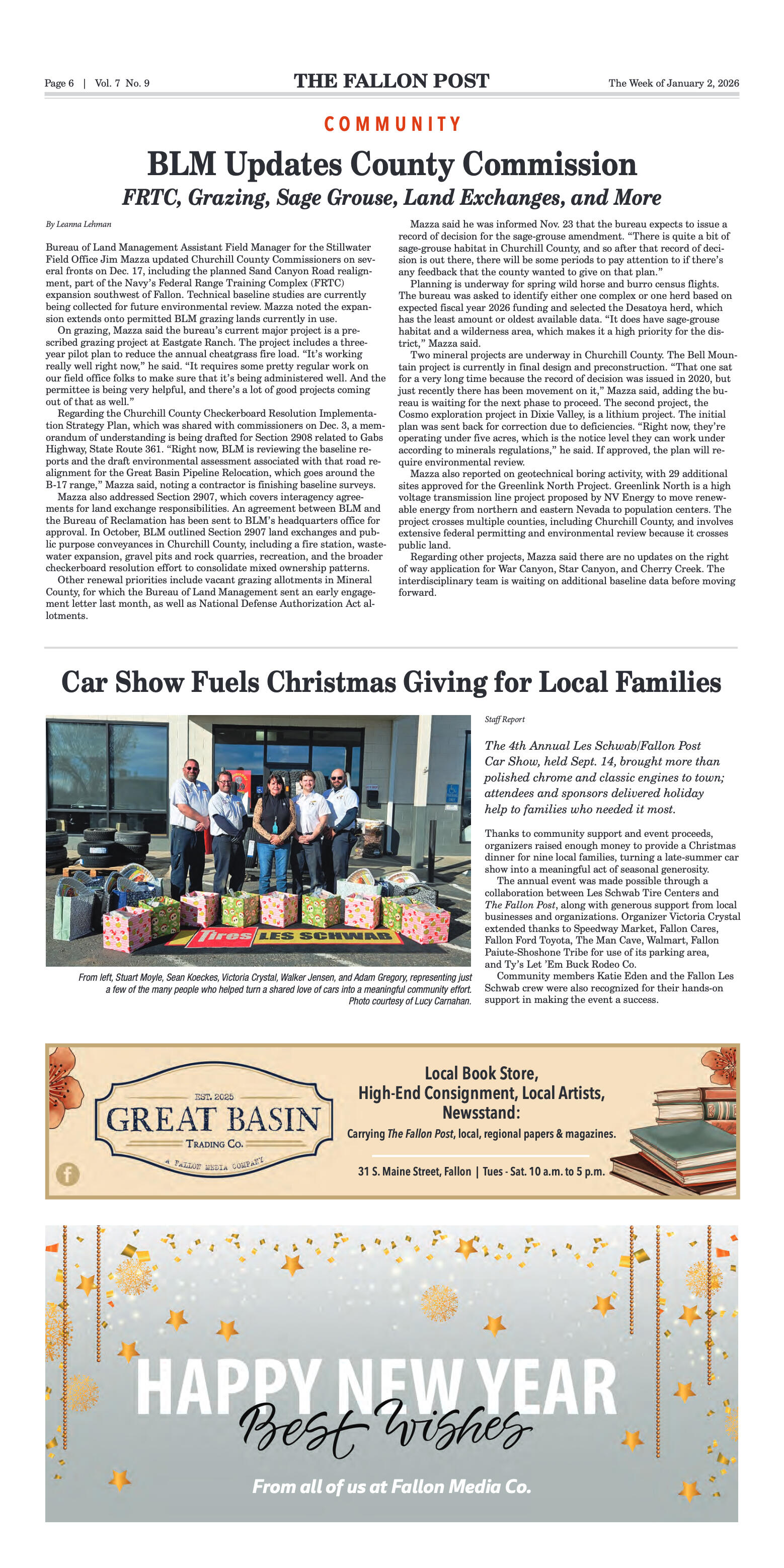
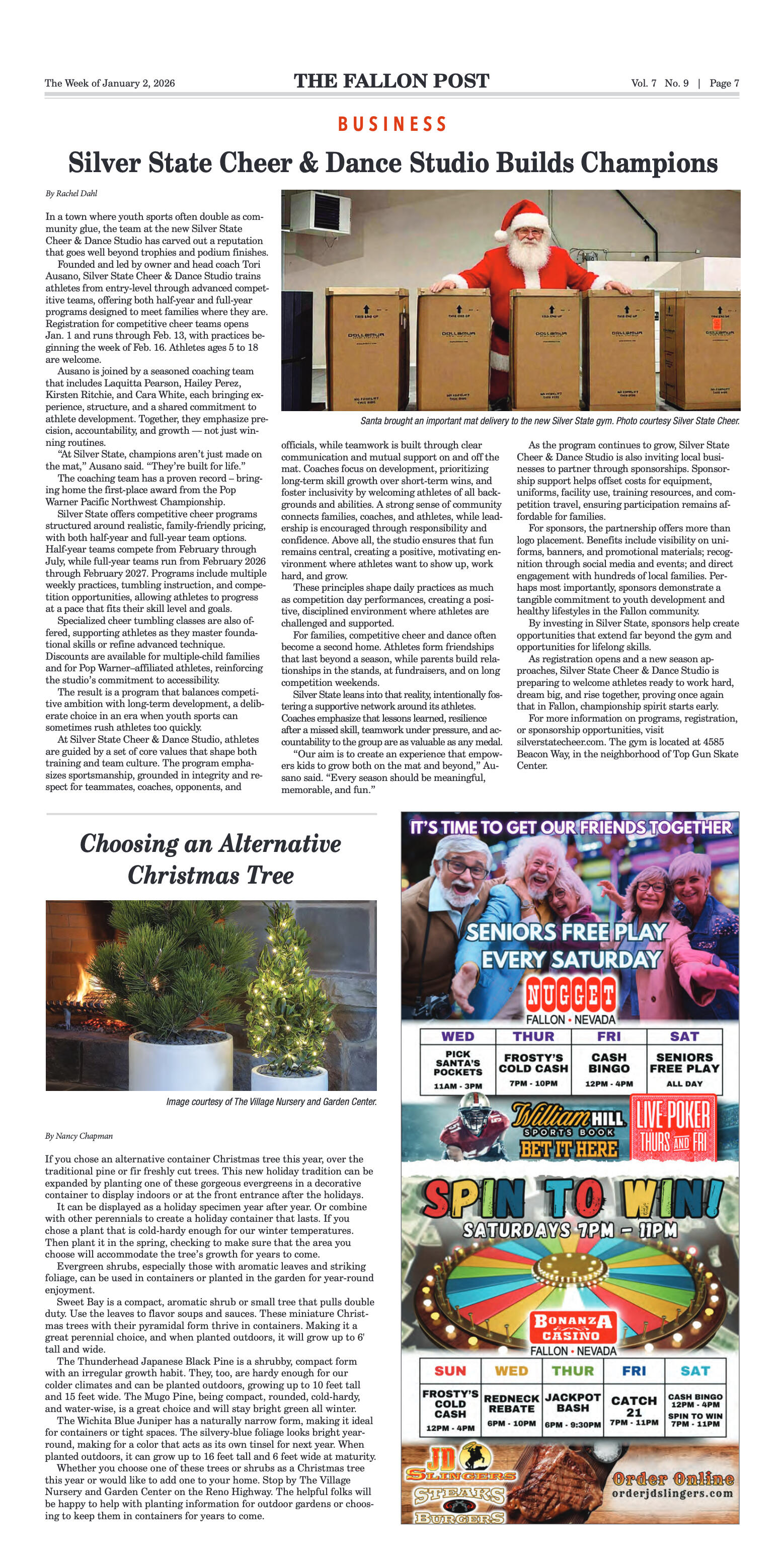
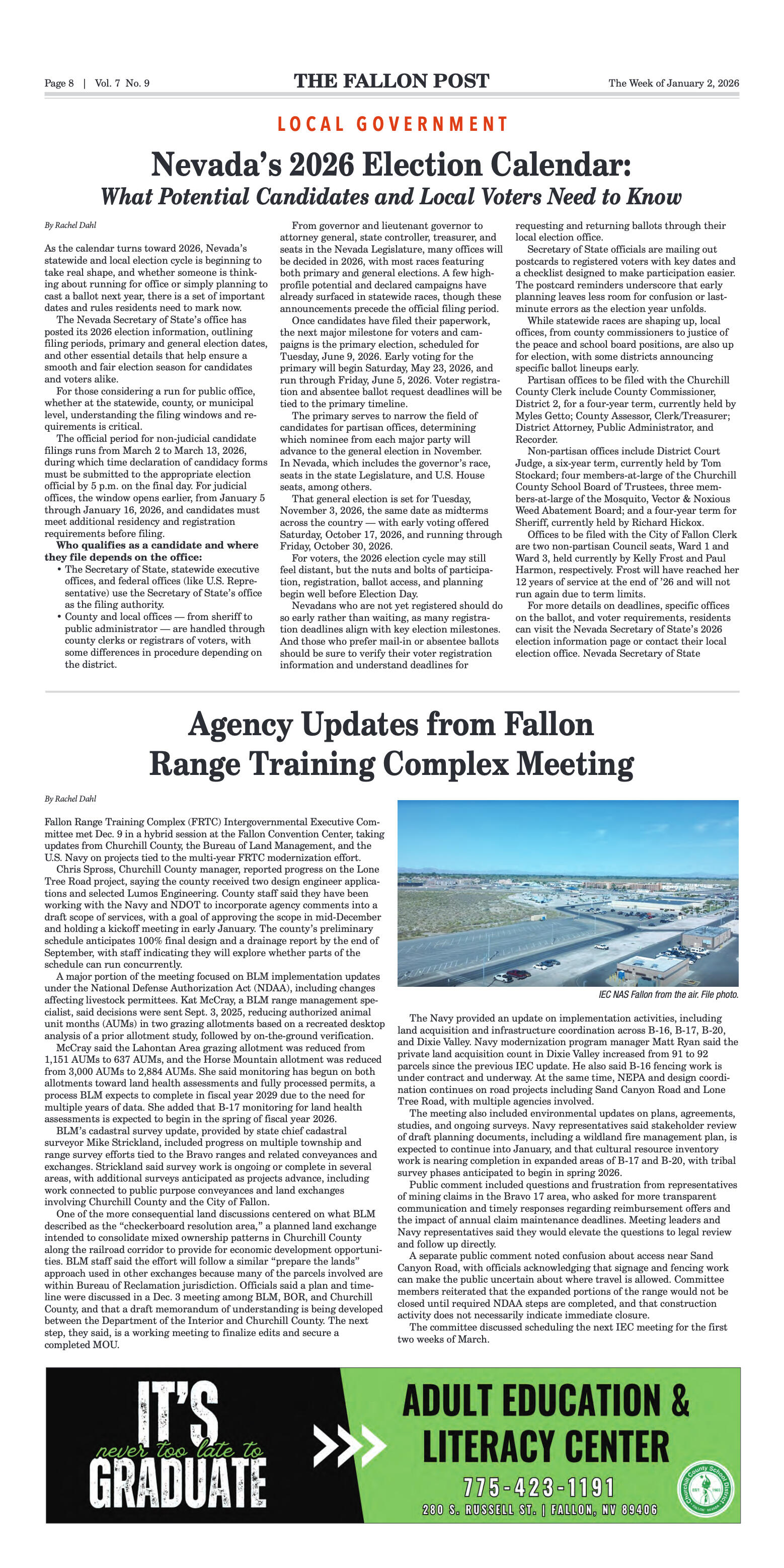

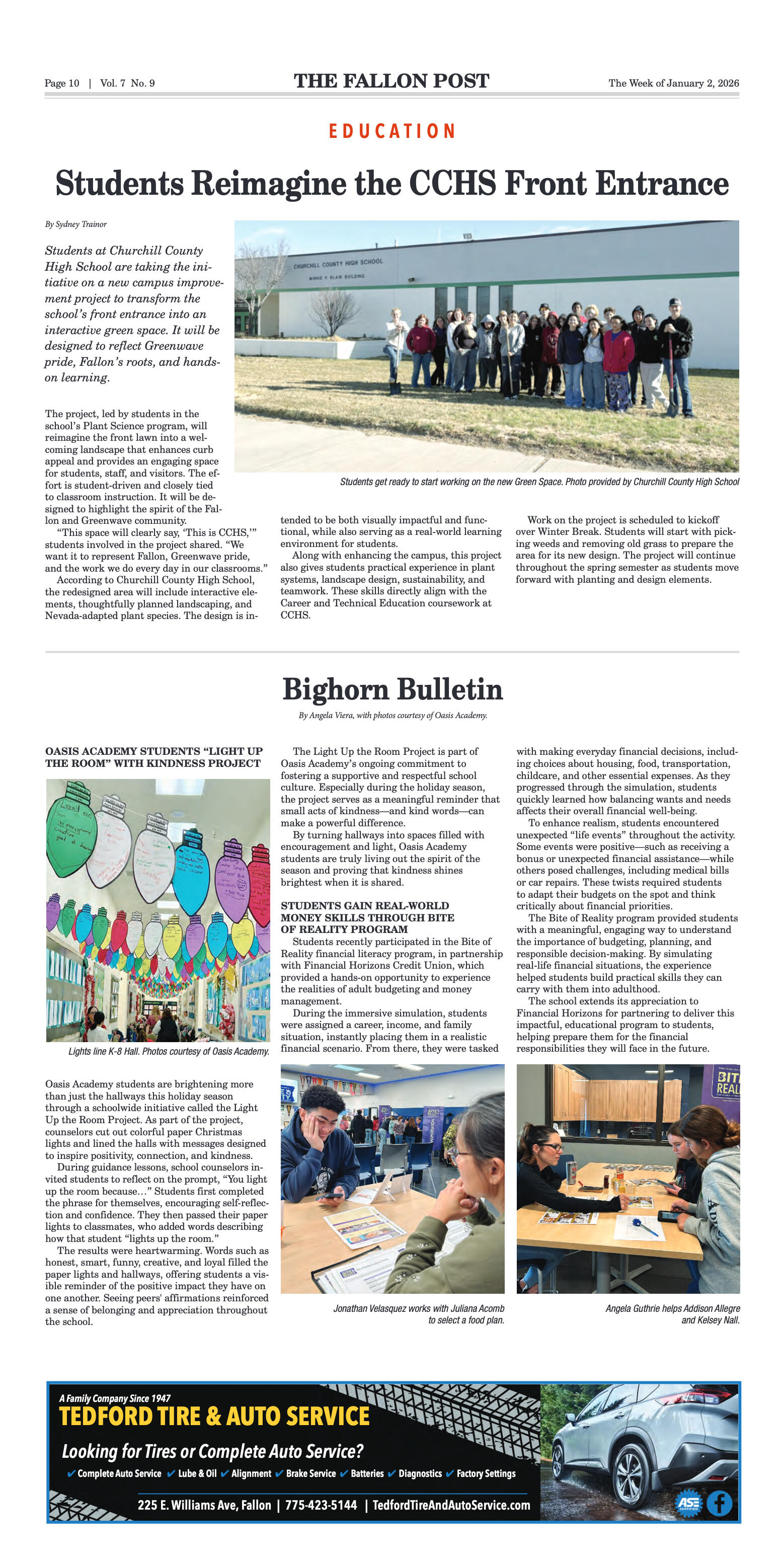
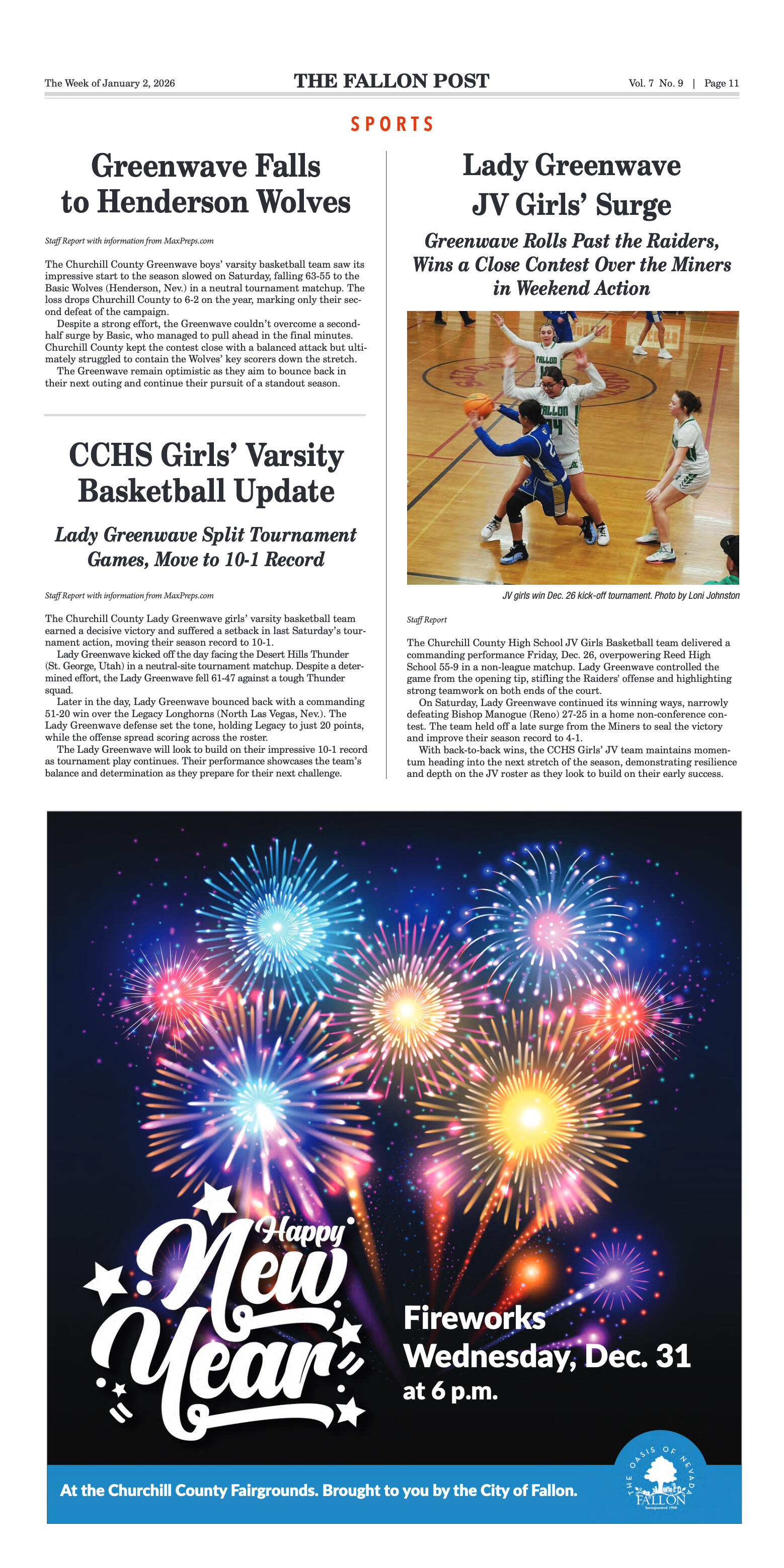
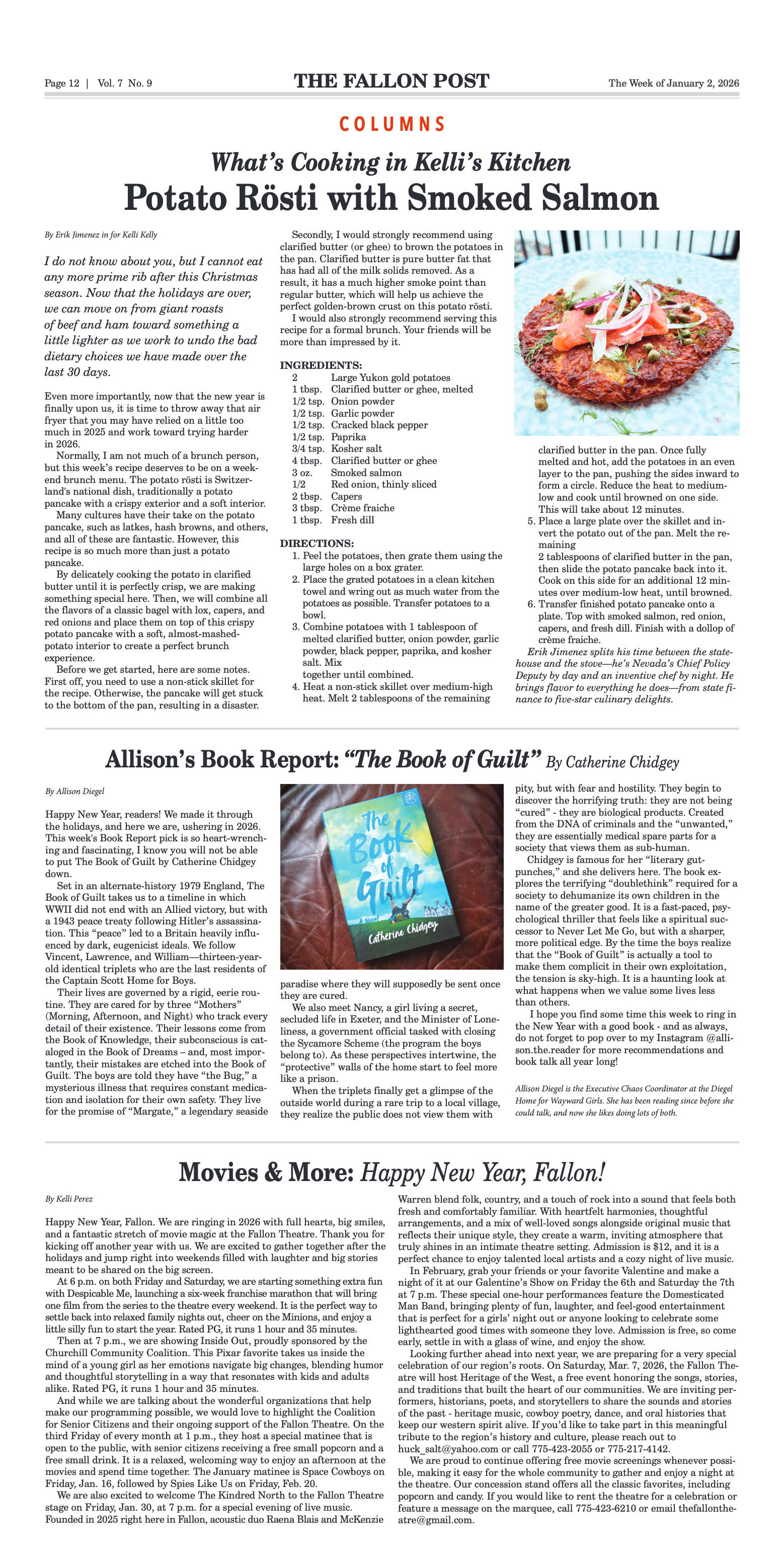
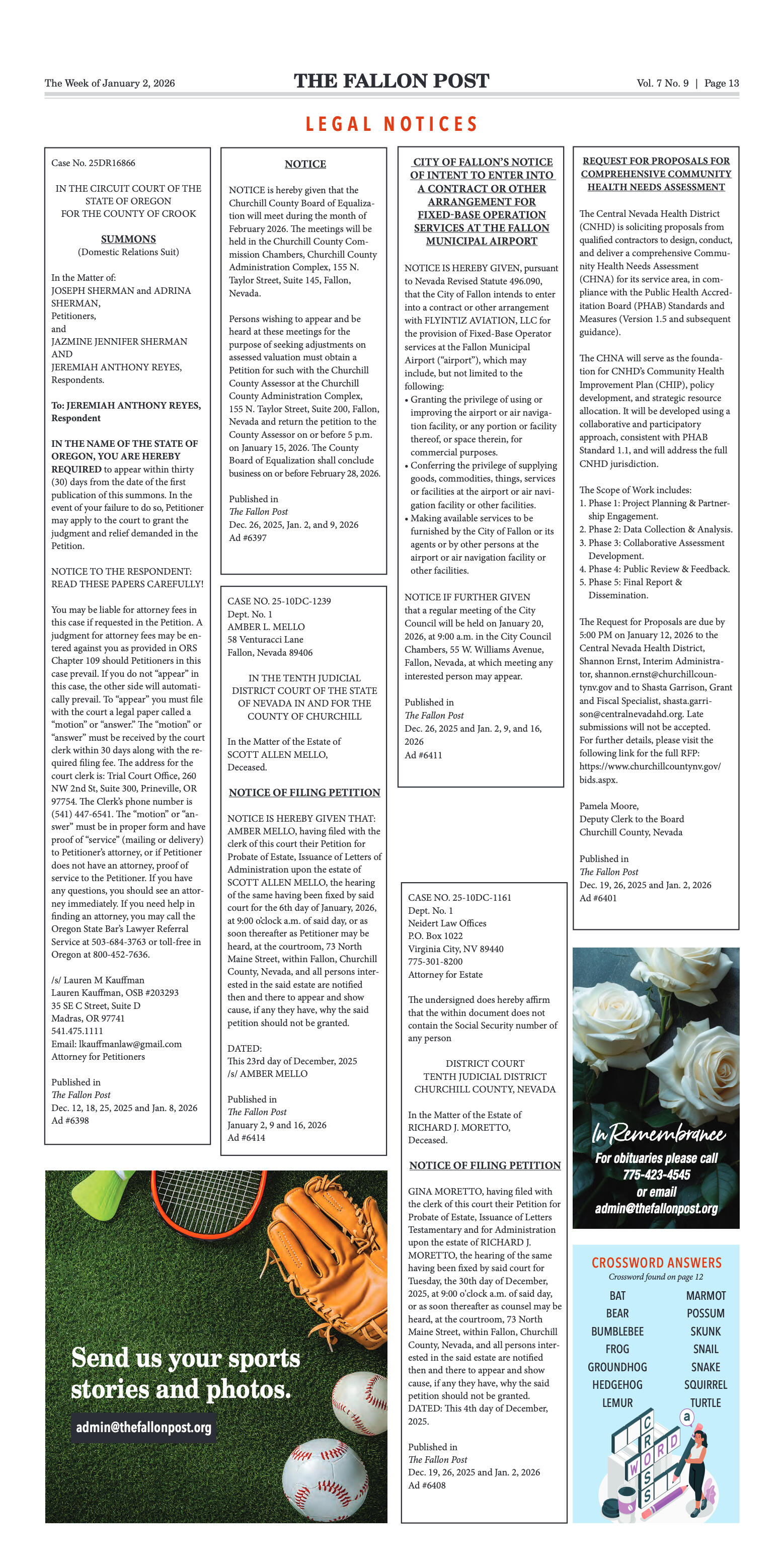
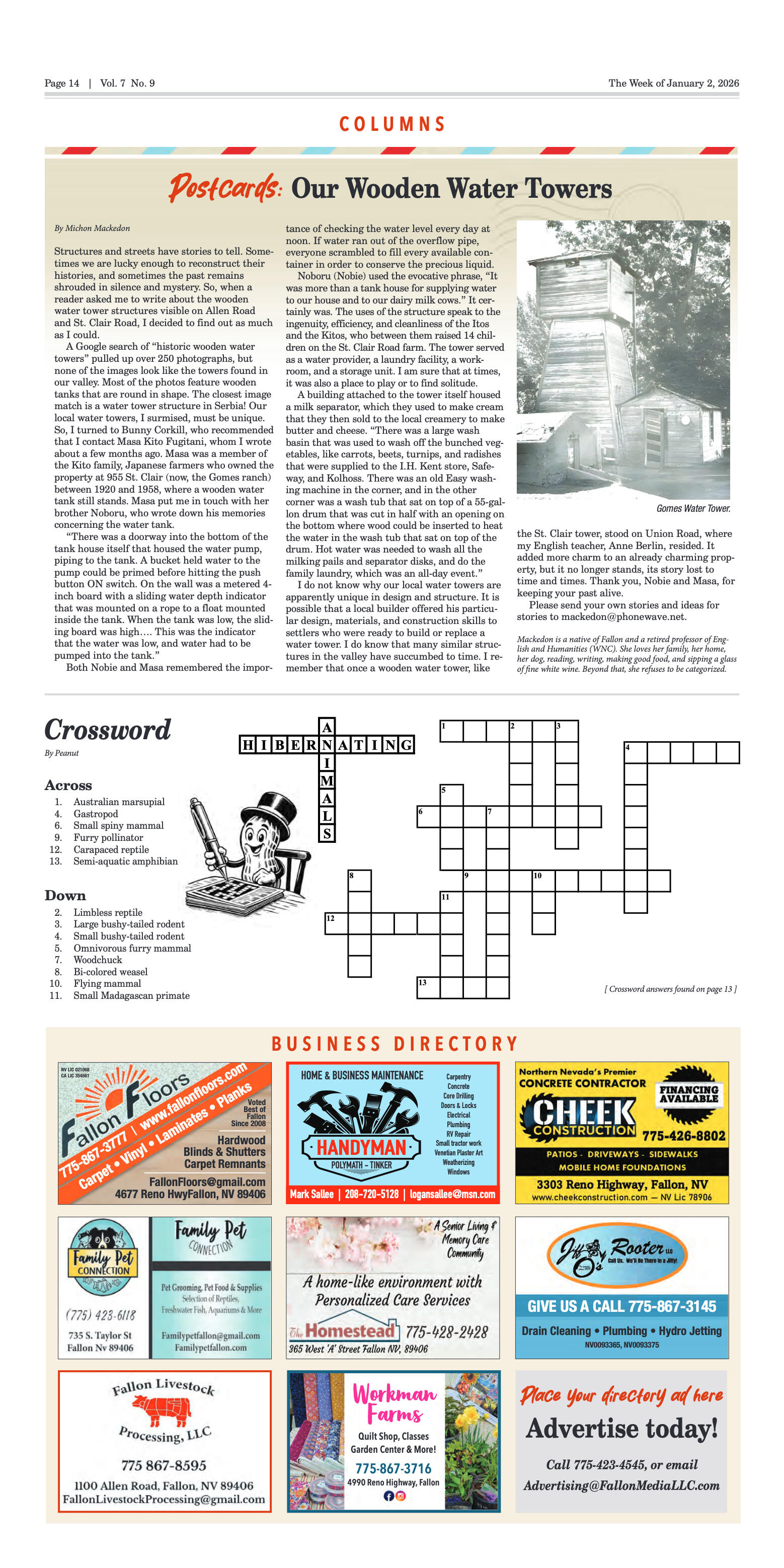

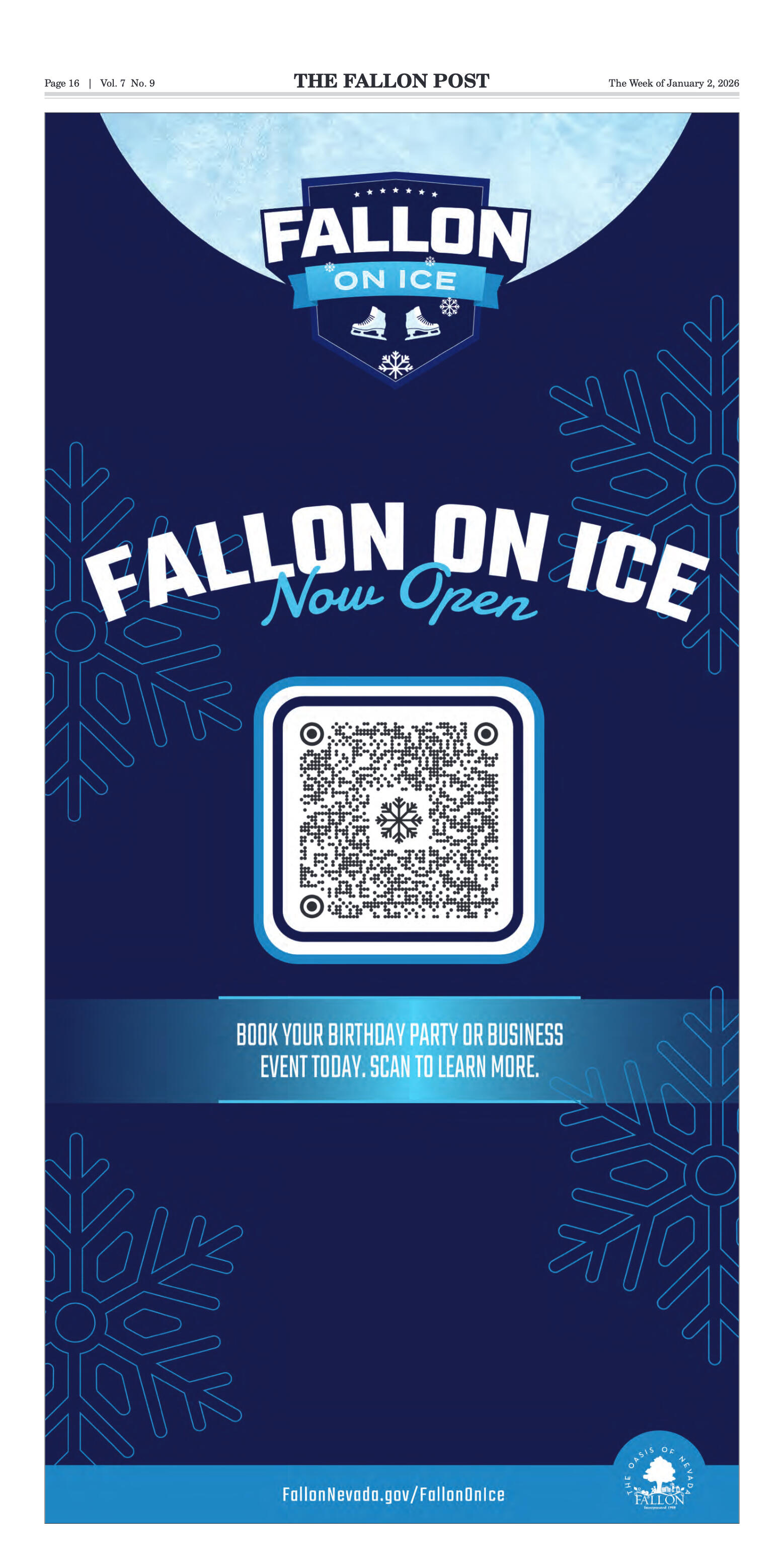






















Comment
Comments